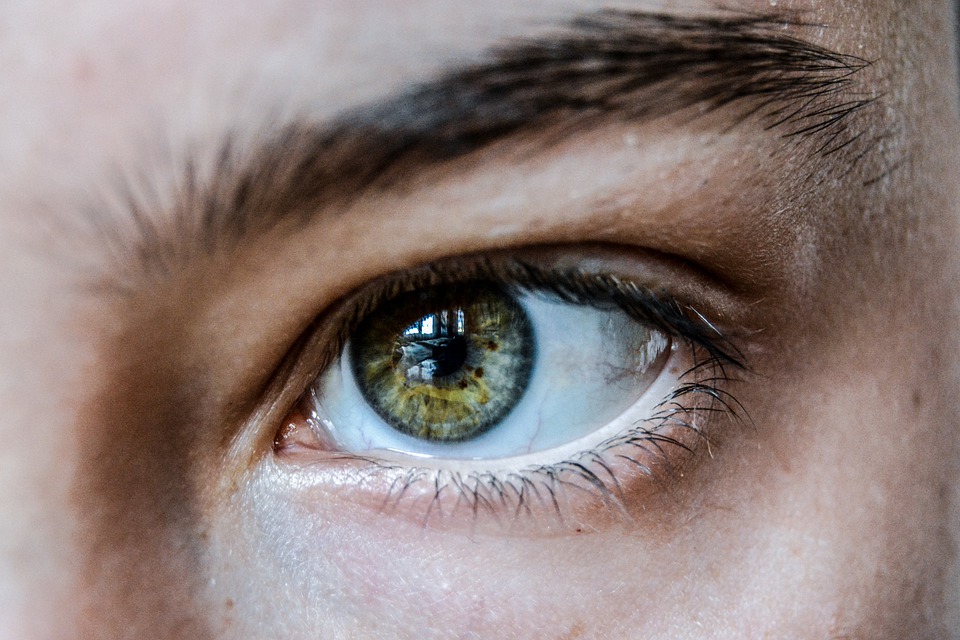Something in Your Eyes Could Tell If You’re at Risk of Dying Young, A Study Reveals

A rapid and painless scan of the human eyeball might one day enable physicians to identify ‘fast agers,’ who are at higher risk of premature death.
Everyone’s body changes as they mature, but just because two individuals have the same age doesn’t imply they’re physically degrading at the same pace.
Looking deeply into a person’s eyes may be a considerably better approach to determine their actual biological age, which may give insight into patients’ future health.
A machine learning algorithm has now been trained to forecast a person’s life expectancy just by glancing at their retina, which is the back of the eyes’ tissue.
The 3,5 Years Trials Came Up with Sensational Conclusions
The system is so precise that it can forecast the ages of roughly 47,000 middle-aged and elderly persons in the United Kingdom within a 3.5-year range.
Ten years later, after these retinas were examined, 1,871 people died, and those with older-looking retinas were more likely to be among them.
For example, if the algorithm projected that a person’s retina was a year older than their actual age, their chance of dying from any cause increased by 2% over the following 11 years.
At the same period, their chance of dying from causes other than cardiovascular disease or cancer increased by 3%.
Because the results are solely observational, we don’t know what drives this association on a biological level.
Nonetheless, the findings add to the increasing body of data indicating the retina is very vulnerable to the effects of aging.
Because this visible tissue contains both blood arteries and nerves, it may provide vital information about a person’s vascular and brain health.
Previous research has shown that the cells at the back of the human eye might help us foresee the start of cardiovascular disease, renal illness, and other aging symptoms.
However, this is the first research to show that the ‘retinal age gap’ significantly predicts overall mortality.
“The significant association between retinal age gap and non-cardiovascular/non-cancer mortality, together with the growing evidence of the link between eye and brain, may support the notion that the retina is the ‘window’ of neurological diseases,” the authors stated.
Because just 20 persons died from dementia in the research, the investigators could not establish a relationship between this particular brain condition and retinal health.
They also note that cardiovascular-related mortality has decreased in recent years as medication has continued to minimize formerly deadly conditions.
This suggests that retinal health might still be a significant lens into cardiovascular function even though it was not associated with cardiovascular death.
Previous research, for example, has demonstrated that pictures of the retina may contribute to the prediction of cardiovascular risk factors.
The author added:
“This body of work supports the hypothesis that the retina plays an important role in the aging process and is sensitive to the cumulative damages of aging which increase the mortality risk.”
Other known biological age indicators, such as neuroimaging, the DNA methylation clock, and the transcriptome aging clock, do not seem to be as precise as the retinal age gap appears to be.
These procedures may also be expensive, time-consuming, and intrusive.
Meanwhile, the retina can be readily scanned in less than 5 minutes.
If we can understand how this layer of tissue connects to the rest of the body, physicians may have a valuable new tool at their disposal.
0 comments